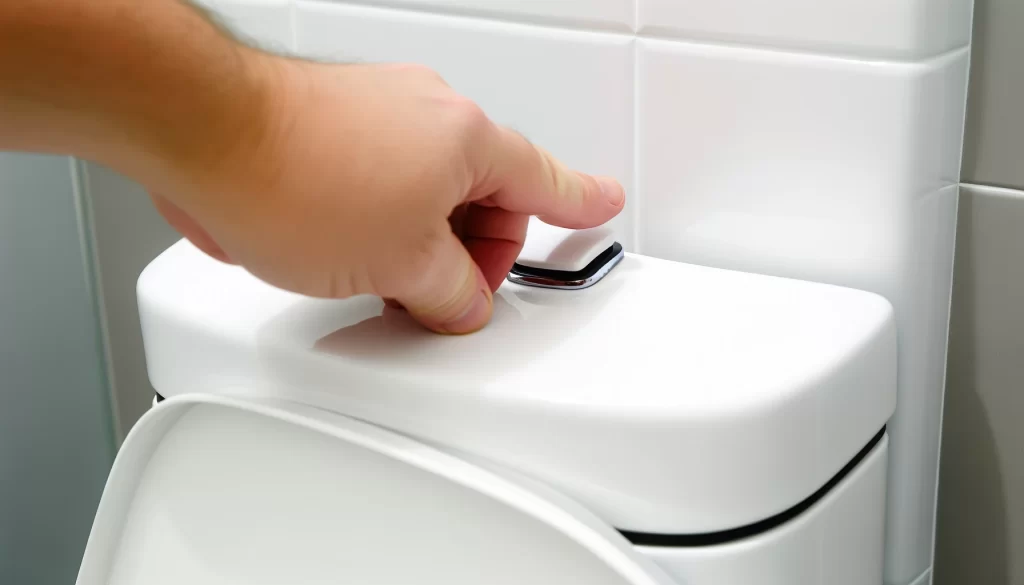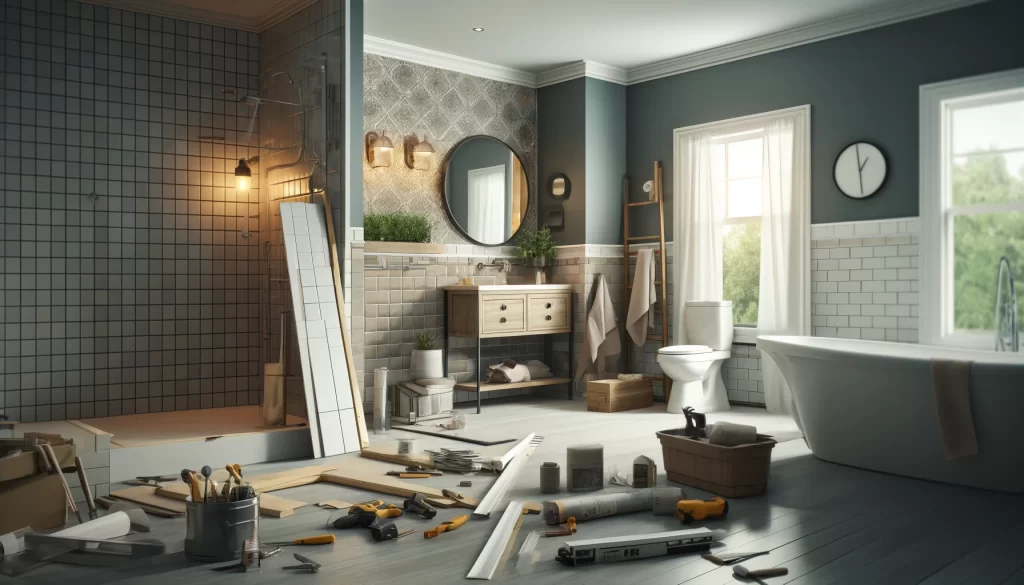
Flushing a toilet when the water is off is simpler than it might seem, and knowing how to do so can be particularly useful during unexpected or planned water shut-offs. Here’s a concise guide, drawn from various sources, on how to manage this situation effectively.
How a Toilet Flush Works
Understanding the basic operation is useful. Normally, when you flush a toilet, water is released from the tank into the bowl, leveraging gravity to push the contents through the plumbing. Without running, the challenge is to manually replicate this pressure and water flow.
Manual Flushing Methods
1. Bucket Flush Method:
This is the most straightforward method. Simply fill a bucket with about 1.6 gallons of water—tap water, rainwater, water from a neighbor, or any clean water source will work. Pour it quickly into the toilet bowl to create enough pressure for a flush. This method doesn’t require any interaction with the toilet tank and is effective for most standard toilets.
2. Direct Tank Refill:
If you prefer a more traditional flush or need multiple flushes, you can refill the toilet tank directly. Remove the lid of the tank and pour water until it reaches just below the overflow line. Then, use the flush handle as usual. This method ensures that the flushing mechanism works as designed, but it might require more water compared to the bucket method.
3. Alternative Water Sources:
In situations where tap water isn’t available, you can use water from any clean source. This includes collected rainwater, water from a pool, or even melted snow. It’s important to ensure that the water is reasonably clean, especially if pouring it into the tank, to avoid clogging or damaging the toilet mechanisms.
Tips for Effective Flushing
- Ensure sufficient water volume: For older toilets, more than the standard 1.6 gallons might be necessary to effectively flush.
- Pour with sufficient speed: To create the necessary pressure for flushing, start pouring slowly and then quickly increase the speed of pouring.
When to Call a Professional
If you encounter issues like the toilet not flushing even after manual attempts, or if there are leaks and the toilet does not function properly, it may be time to call a professional plumber. They can address not only the immediate issue but also inspect for underlying problems that might have caused the toilet to fail during the water shut-off.
By understanding these methods and preparing ahead of time, you can manage toilet flushing effectively even without direct access to running water.
